Expansion of E-commerce Platforms
The rise of e-commerce platforms is transforming the Branded Generic Market by providing consumers with greater access to medications. Online pharmacies and health platforms are increasingly offering branded generics, allowing consumers to purchase medications conveniently from their homes. This trend is particularly beneficial for individuals in remote areas where access to traditional pharmacies may be limited. Data suggests that the online pharmacy market is projected to grow substantially, with branded generics comprising a significant portion of sales. The convenience and competitive pricing associated with e-commerce are likely to drive further adoption of branded generics, enhancing market penetration and consumer choice.
Regulatory Support for Generic Medications
Regulatory frameworks are increasingly supportive of the Branded Generic Market, facilitating the entry of generic medications into the market. Governments and regulatory bodies are implementing policies that encourage the development and approval of branded generics, recognizing their role in enhancing competition and reducing healthcare costs. This supportive environment is likely to lead to an increase in the number of branded generics available to consumers, thereby expanding market options. Additionally, streamlined approval processes for generic medications are expected to accelerate the time it takes for new branded generics to reach the market, further driving growth in the industry.
Increasing Demand for Affordable Healthcare
The Branded Generic Market is experiencing a notable surge in demand for affordable healthcare solutions. As healthcare costs continue to rise, consumers are increasingly seeking cost-effective alternatives to branded medications. This trend is particularly pronounced in regions where healthcare access is limited, prompting a shift towards branded generics. According to recent data, the branded generic segment is projected to grow at a compound annual growth rate of approximately 8% over the next five years. This growth is driven by the increasing prevalence of chronic diseases and the need for long-term medication, which positions branded generics as a viable option for patients looking to manage their health without incurring exorbitant costs.
Growing Preference for Preventive Healthcare
The Branded Generic Market is witnessing a shift towards preventive healthcare, as consumers become more proactive in managing their health. This trend is reflected in the increasing adoption of lifestyle medications and preventive therapies, which often fall under the branded generic category. With a growing emphasis on health and wellness, consumers are more inclined to choose branded generics that offer similar therapeutic benefits as branded drugs at a lower cost. Market data indicates that preventive healthcare spending is expected to rise significantly, further bolstering the demand for branded generics. This shift not only enhances patient outcomes but also contributes to the sustainability of healthcare systems by reducing the burden of chronic diseases.
Technological Advancements in Drug Development
Technological innovations are playing a pivotal role in shaping the Branded Generic Market. Advances in drug formulation and manufacturing processes have enabled companies to produce high-quality branded generics that closely mimic their branded counterparts. This has led to enhanced bioavailability and efficacy, making branded generics more appealing to healthcare providers and patients alike. Furthermore, the integration of artificial intelligence and machine learning in drug development is streamlining the research and development process, potentially reducing time-to-market for new branded generics. As a result, the industry is likely to witness an influx of new products, catering to diverse therapeutic areas and expanding the overall market.



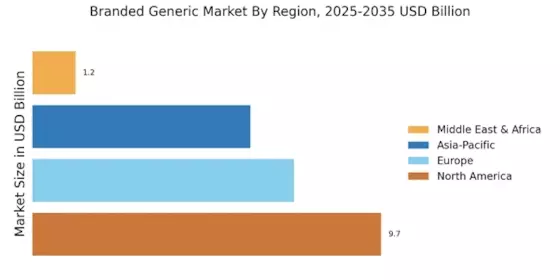
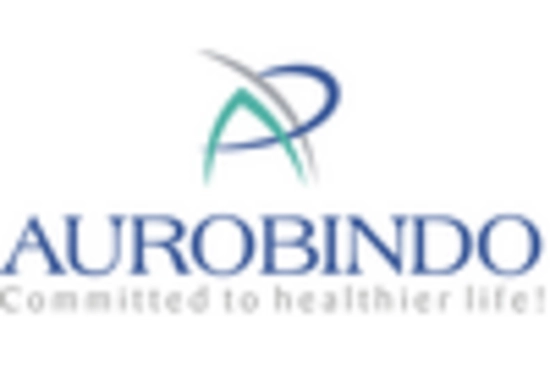
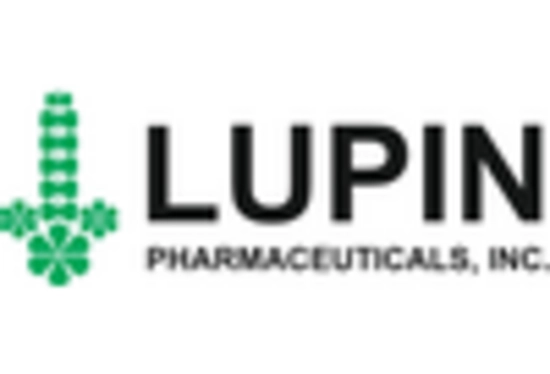
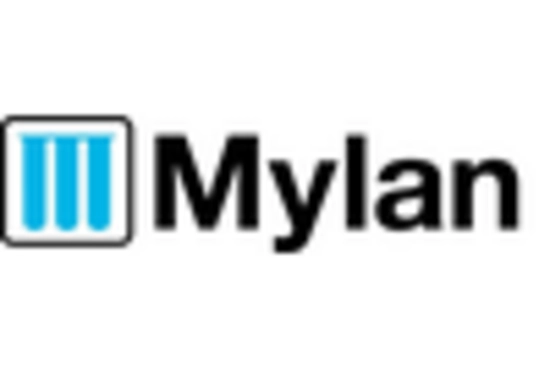
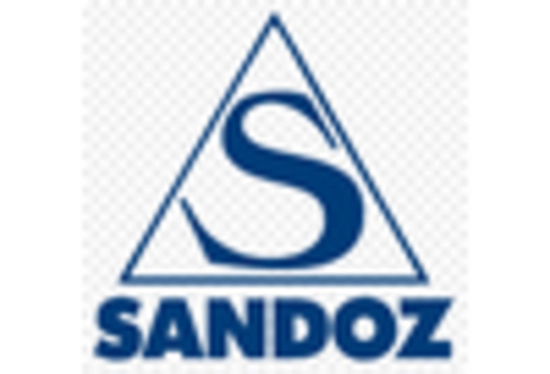










Leave a Comment